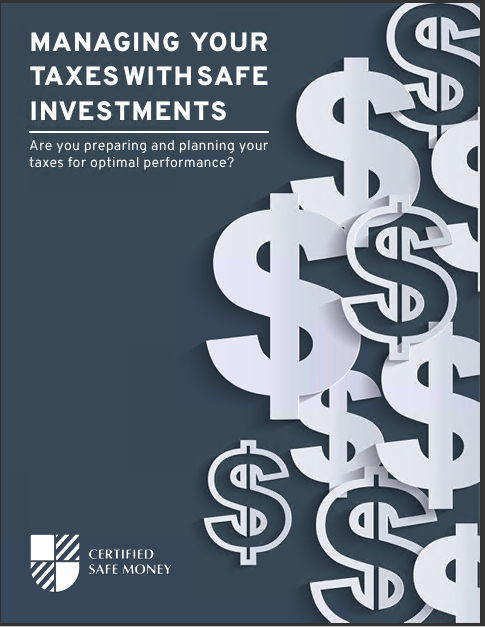My last two posts covered the first two phases of retirement preparation. An application for retirement was the first step. The second part of the procedure was your organization applying to the United States Office of Personnel Management (OPM). Within 30 days of the day you file your retirement application, it should have made its way through your agency’s personnel and payroll offices and been processed. Due to COVID-19, your agency and the OPM will likely be inundated with applications and short on staff come December 31, 2022, the end of the leave year. The goal may still need to be accomplished; however, once your retirement application has been submitted to OPM, your agency’s payroll department will contact you. You’ll need to follow up with them if that still needs to happen. After the OPM receives your retirement application, they will provide you with a retirement claim number that begins with the CSA (Civil Service Annuitant) letter. Once the OPM verifies your retirement eligibility, you will begin receiving payments from your interim annuity. Payment would be based on the percentage of your final annuity that the OPM deems you are entitled to receive. There are two purposes for which the OPM takes this action. Their priority will be to assist you monetarily while they evaluate your application. Second, they want to ensure they don’t overpay you and have to recoup their losses when your annuity is finally approved. Now, here is the bad news. While the OPM targets a 60-day retirement processing time, the average is more like 90 days. Remember that this is just an average waiting time; you may have to wait considerably longer in some situations. There is always a surge in applications at the end of the year, especially for people planning to retire. The first installment of your annuity will be approved by the Treasury Department and paid to you following the terms of your annuity contract. Your first paycheck will include any back pay you’ve earned while on temporary status. The OPM will provide you with an Annuity Statement and other retirement-related materials. You should store this statement somewhere secure. You will need to show a copy of your annuity contract to the lender when you apply for a mortgage or other major loan. Over the previous three weeks, I’ve laid out the steps you, your agency, and the OPM need to take to add your name to the annuity roll. If, however, circumstances warrant a revision, how does one go about changing their election for a survivor annuity? Or, more significantly, do you reconsider your retirement plans? Next week, I’ll respond to your queries.
Contact Information:
Email: mackhales@bellsouth.net
Phone: 7705402211
Bio:
Mack Hales has spent the past 4 decades helping clients prepare for retirement and manage their finances successfully. He also works with strategies that help clients put away much more money for their retirement than they could in an IRA or even a 401k. We involve the client’s CPA and/or their tax attorney to be sure the programs meet the proper tax codes.Mack works with Federal Employees to help them establish the right path before and after retirement. The goal is to help the client retire worry-free with as much tax-free income as possible and no worries about money at risk of market loss during retirement.•Mack has resided in Gainesville, GA since 1983, so this is considered home. Mack is married to his wife of 51 years, has two boys and five grandchildren.














